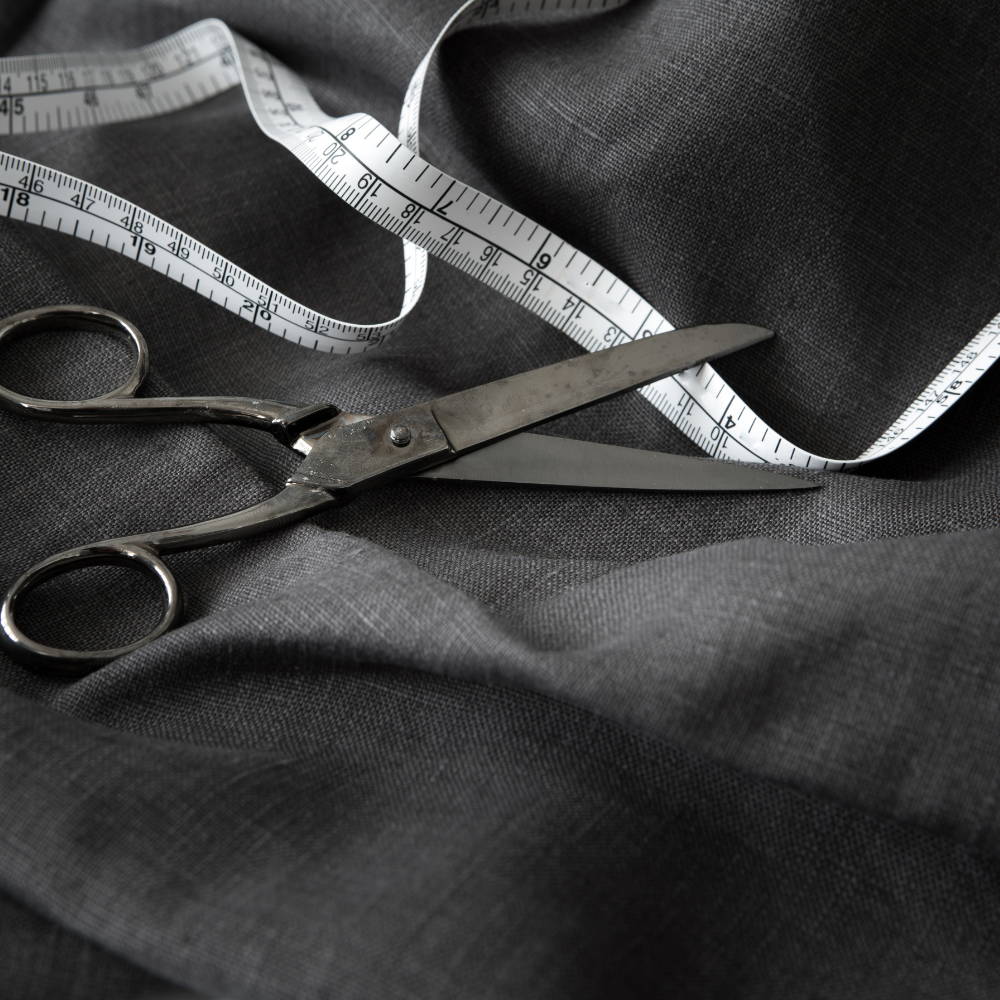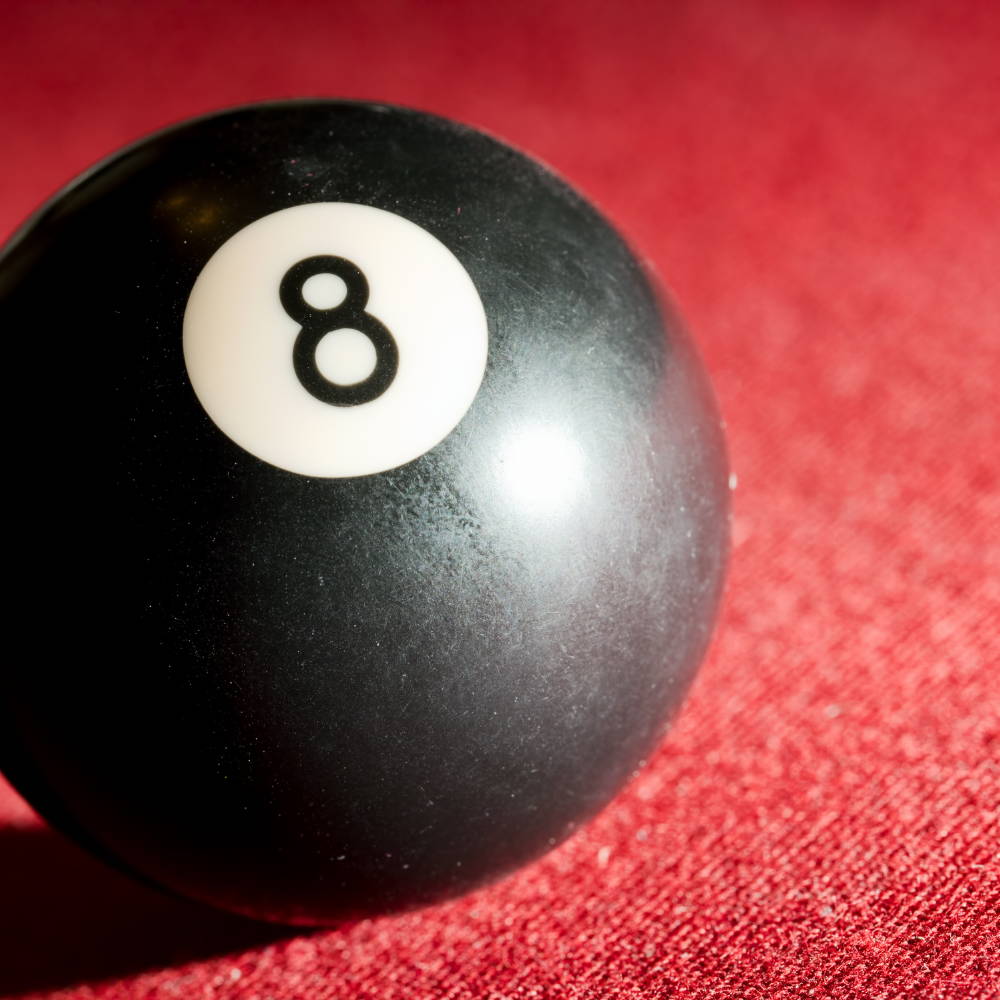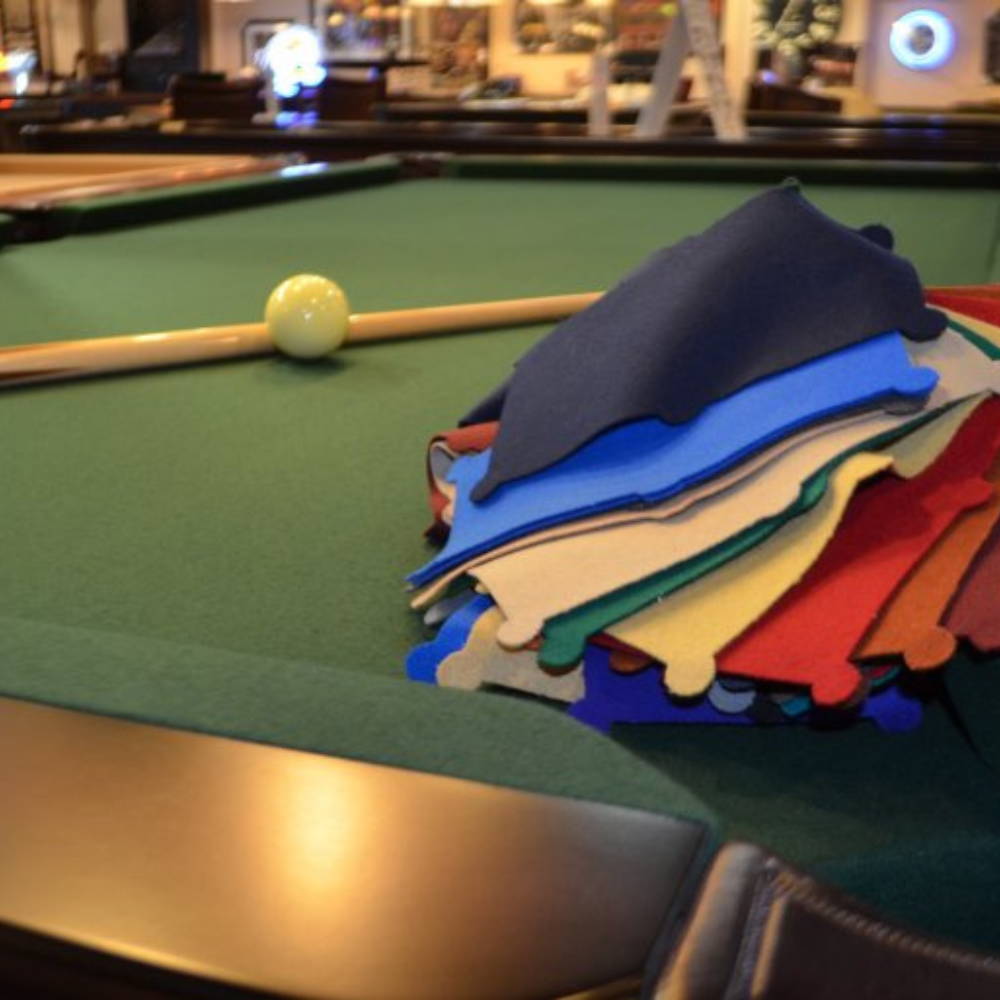Unraveling the Mystery of Pool Table Cloth Repair
Unleash your inner DIY enthusiast as we take a deep dive into the process of repairing your pool table cloth. This hands-on, step-by-step guide will help you restore your billiards table to its former glory, even on a tight budget.
Recognizing the Signs of Wear and Tear
First and foremost, it's important to understand when a pool table cloth needs repair. Common signs include:
- Noticeable fraying or tears
- Thin or bare spots on the cloth
- Pool balls not rolling smoothly or as expected
- Unusual or unexpected ball bounces
Understanding Your Pool Table Cloth
Before embarking on the repair journey, familiarize yourself with the different types of pool table cloth material:
- Worsted Cloth: Also known as speed cloth, worsted cloth is a high-quality material that offers a smooth and fast playing surface. It's typically used in professional or high-end tables.
- Napped Cloth: This is a common material for home and pub tables. It's slower and requires more maintenance than worsted cloth but is generally more affordable.
The type of cloth you have can influence the repair process and the outcome. For minor wear and tear, a patching process might be enough. However, if the cloth is severely damaged or aged, you may need to consider replacing the cloth entirely.

The Repair Process: Patching a Tear or Hole
Here is a simplified, step-by-step process to repair a minor tear or hole in your pool table cloth:
- Step One: Clean the Area: Start by cleaning the area around the tear or hole. Use a soft brush to remove any dust or debris from the cloth surface.
- Step Two: Cut the Patch: Cut a piece of matching pool table cloth large enough to cover the damaged area with a bit of overlap. Make sure the patch's weave direction matches the existing cloth.
- Step Three: Apply the Adhesive: Using a special fabric glue, apply a thin layer to the patch, ensuring to cover the edges thoroughly.
- Step Four: Position the Patch: Carefully position the patch over the damaged area. Press down firmly, smoothing out any wrinkles or air bubbles.
- Step Five: Allow it to Dry: Let the patch dry as per the adhesive's instructions. Don't use the table until the patch is completely set.
Remember, this method only works for small holes or tears. For larger areas of damage, you'll likely need to re-cloth the table.
Re-clothing Your Pool Table
If your pool table cloth has significant damage or wear, it might be time to consider re-clothing. This process is more complex and time-consuming but can be done at home with the right tools and patience.
Gathering Your Tools
Firstly, you'll need the following tools:
- Staple remover
- New pool table cloth
- Scissors
- Staple gun
The Re-clothing Process
Here's a step-by-step guide on how to re-cloth your pool table:
- Remove the Old Cloth: Begin by removing the old cloth. Use the staple remover to carefully remove any staples securing the cloth to the table.
- Clean the Table: Once the old cloth is removed, clean the slate of any dust or debris.
- Cut the New Cloth: Unroll your new pool table cloth and cut it to fit your table. Leave some extra material on all sides for adjustments.
- Position the New Cloth: Lay the new cloth over the slate, ensuring it's even on all sides. Smooth out any wrinkles.
- Secure the Cloth: Using the staple gun, secure the cloth to the table. Start from the center and work your way outward, pulling the cloth tight as you go.
- Trim the Excess Cloth: Once the cloth is securely attached, trim any excess material.
This process requires patience and precision, but with careful execution, you can give your pool table a fresh new look. Be sure to maintain your newly clothed table regularly to maximize its lifespan and keep it looking its best. Regular brushing and proper use can go a long way in preventing unnecessary damage.

After Repair Care Tips
Even after a successful repair, how you treat your pool table cloth can significantly affect its longevity. Let's go through some of the care tips to maintain your table cloth:
- Regular Cleaning: A clean table will last longer. It's advisable to brush your pool table cloth after every game to keep it free from chalk and dust. Ensure you're using a proper pool table brush, as other types may damage the fabric.
- Avoiding Spills: Pool tables are not the place for food and drinks. Any spills, especially from colored or alcoholic beverages, can cause serious stains on the cloth that may not come out, leading to a need for replacement sooner.
- No Jump Shots: Unless you're a professional, avoid jump shots. These can often lead to cue tips damaging the cloth.
- Proper Chalking: When chalking your cue, ensure you do it away from the table. Excessive chalk can seep into the cloth, affecting ball roll.
- Professional Inspection: Every now and then, have a professional inspect your table. They can spot signs of wear and tear that you may not notice and suggest repairs before more significant damage occurs.
With the right care, a pool table cloth can last for a long time, providing you with countless games of pool. Remember, a little prevention can save you from having to replace or repair your pool table cloth repeatedly, letting you focus on the game instead.
Choosing the Right Pool Table Cloth
The type of cloth on your pool table can significantly impact your game. Hence, when it comes to replacing or repairing, it's essential to understand your options.
- Woolen Cloth: Also known as felt, it is a common choice for recreational and home pool tables due to its affordability and durability. However, the woolen cloth has a slower ball speed and may not be suitable for professional games.
- Worsted Cloth: Often referred to as speed cloth, worsted cloth is preferred by professional players. It offers a smooth and fast playing surface, which leads to more accurate shots.
Choosing the right cloth comes down to your playing style, the frequency of play, and your budget.
Importance of the Right Table Cloth
Having the right table cloth impacts your pool experience in several ways:
- Gameplay: The type of cloth affects the speed, spin, and overall movement of the balls, thereby impacting your gameplay.
- Durability: High-quality cloth tends to last longer, especially if appropriately maintained. This means less frequent repairs and replacements.
- Aesthetics: A well-maintained pool table with a high-quality cloth can significantly enhance the overall look of your game room.

Conclusion
In conclusion, repairing a pool table cloth is not a daunting task. With the right tools and a bit of patience, you can restore your table to its former glory and continue enjoying your favorite game. Always remember to handle the fabric with care and give your table the attention it needs. Happy gaming!
Are you looking for a Pool Table? check out our pool tables range Pool Tables





